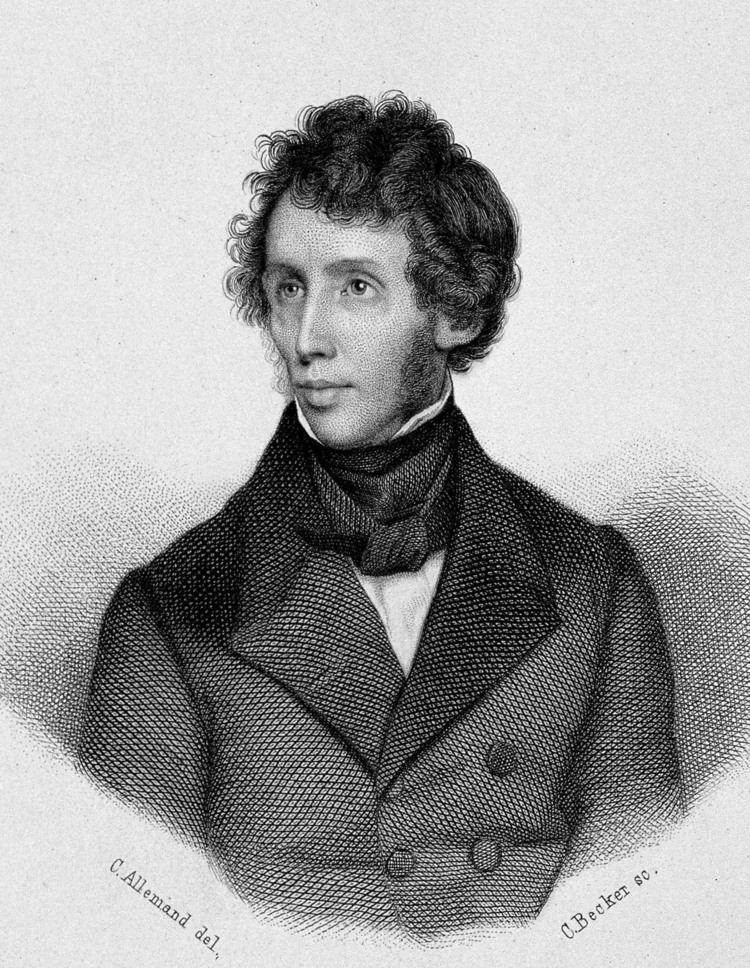Nationality German Name Friedrich Wohler | Role Chemist | |
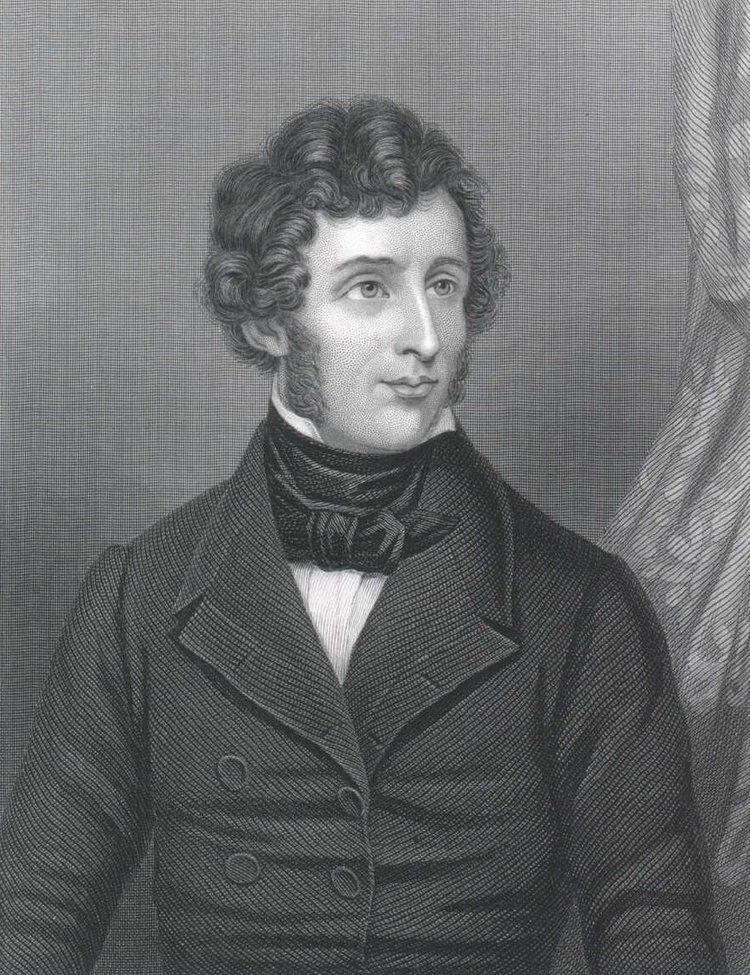 | ||
Fields Organic chemistryBiochemistry Doctoral advisor Leopold GmelinJons Jakob Berzelius Doctoral students Heinrich LimprichtRudolph FittigAdolph Wilhelm Hermann KolbeGeorg Ludwig CariusAlbert NiemannVojtech SafarikCarl SchmidtTheodor Zincke Other notable students Augustus VoelckerWilhelm Kuhne Died September 23, 1882, Gottingen, Germany Books Wohler\'s Outlines of Organic Chemistry Parents Anna Katharina Wohler, August Anton Wohler Similar People Jons Jacob Berzelius, August Kekule, Justus von Liebig, Hermann Kolbe, Leopold Gmelin | ||
Friedrich wohler interview
Friedrich Wöhler (31 July 1800 – 23 September 1882) was a German chemist, best known for his synthesis of urea, but also the first to isolate several chemical elements.
Contents
- Friedrich wohler interview
- Cedup renato ramos da silva biografia de friedrich wohler
- Biography
- Contributions to chemistry
- Major works discoveries and research
- Final days and legacy
- Further works
- Friedrich w hler
- References
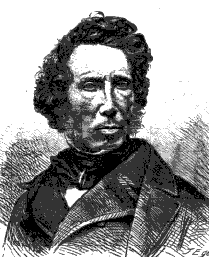
Cedup renato ramos da silva biografia de friedrich wohler
Biography
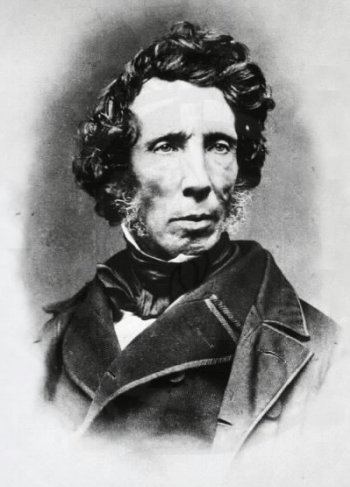
He was born in Eschersheim, which belonged to Hanau at the time but is nowadays a district of Frankfurt am Main. In 1823 Wöhler finished his study of medicine in Heidelberg at the laboratory of Leopold Gmelin, who arranged for him to work under Jöns Jakob Berzelius in Stockholm, Sweden. He taught chemistry from 1826 to 1831 at the Polytechnic School in Berlin until 1839 when he was stationed at the Polytechnic School at Kassel. Afterwards, he became Ordinary Professor of Chemistry in the University of Göttingen, where he remained until his death in 1882. In 1834, he was elected a foreign member of the Royal Swedish Academy of Sciences.
Contributions to chemistry
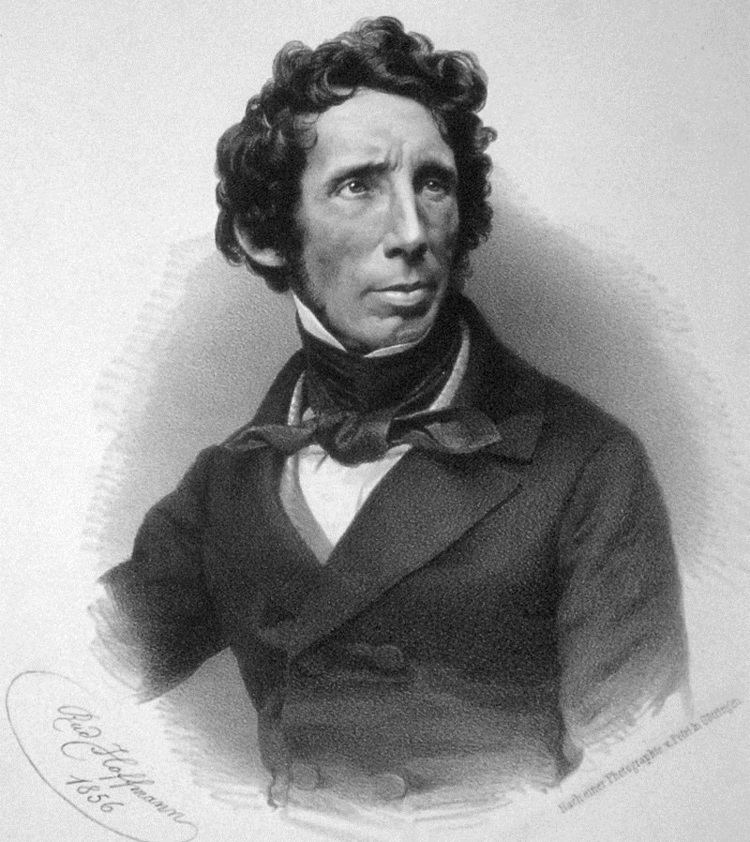
Wöhler is regarded as a pioneer in organic chemistry as a result of his (accidentally) synthesizing urea from ammonium cyanate in the Wöhler synthesis in 1828. This discovery has become celebrated as a refutation of vitalism, the hypothesis that living things are alive because of some special "vital force". However, contemporary accounts do not support that notion. This Wöhler Myth, as historian of science Peter J. Ramberg called it, originated from a popular history of chemistry published in 1931, which, "ignoring all pretense of historical accuracy, turned Wöhler into a crusader who made attempt after attempt to synthesize a natural product that would refute vitalism and lift the veil of ignorance, until 'one afternoon the miracle happened'". Nevertheless, it was the beginning of the end of one popular vitalist hypothesis, that of Jöns Jakob Berzelius that "organic" compounds could be made only by living things.
Major works, discoveries and research
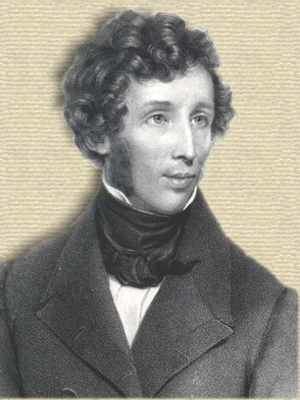
Wöhler was also known for being a co-discoverer of beryllium, silicon and silicon nitride, as well as the synthesis of calcium carbide, among others. In 1834, Wöhler and Justus Liebig published an investigation of the oil of bitter almonds. They proved by their experiments that a group of carbon, hydrogen, and oxygen atoms can behave like an element, take the place of an element, and be exchanged for elements in chemical compounds. Thus the foundation was laid of the doctrine of compound radicals, a doctrine which had a profound influence on the development of chemistry.
Since the discovery of potassium by Humphry Davy, it had been assumed that alumina, the basis of clay, contained a metal in combination with oxygen. Davy, Ørsted, and Berzelius attempted the extraction of this metal, but failed. Wöhler then worked on the same subject, and discovered the metal aluminium in 1827. To him also is due the isolation of the elements yttrium, beryllium, and titanium, the observation that "silicium" (silicon) can be obtained in crystals, and that some meteoric stones contain organic matter. He analyzed meteorites, and for many years wrote the digest on the literature of meteorites in the Jahresberichte über die Fortschritte der Chemie; he possessed the best private collection of meteoric stones and irons existing. Wöhler and Sainte Claire Deville discovered the crystalline form of boron, and Wöhler and Heinrich Buff discovered silane in 1857. Wöhler also prepared urea, a constituent of urine, from ammonium cyanate in the laboratory without the help of a living cell.
Final days and legacy
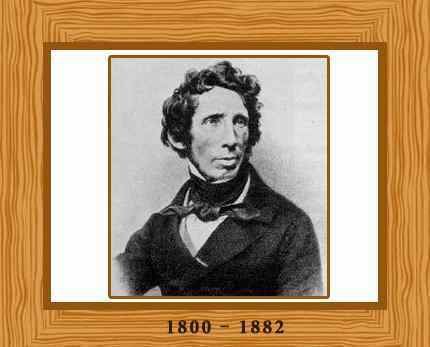
Wöhler's discoveries had great influence on the theory of chemistry. The journals of every year from 1820 to 1881 contain contributions from him. In the Scientific American supplement for 1882, it was remarked that "for two or three of his researches he deserves the highest honor a scientific man can obtain, but the sum of his work is absolutely overwhelming. Had he never lived, the aspect of chemistry would be very different from that it is now".
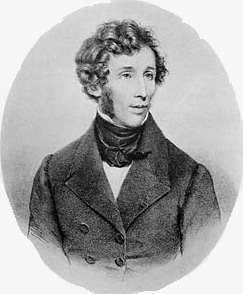
Wöhler had several students who became notable chemists. Among them were Georg Ludwig Carius, Heinrich Limpricht, Rudolph Fittig, Adolph Wilhelm Hermann Kolbe, Albert Niemann, and Vojtěch Šafařík.
Further works
Further works from Wöhler:
